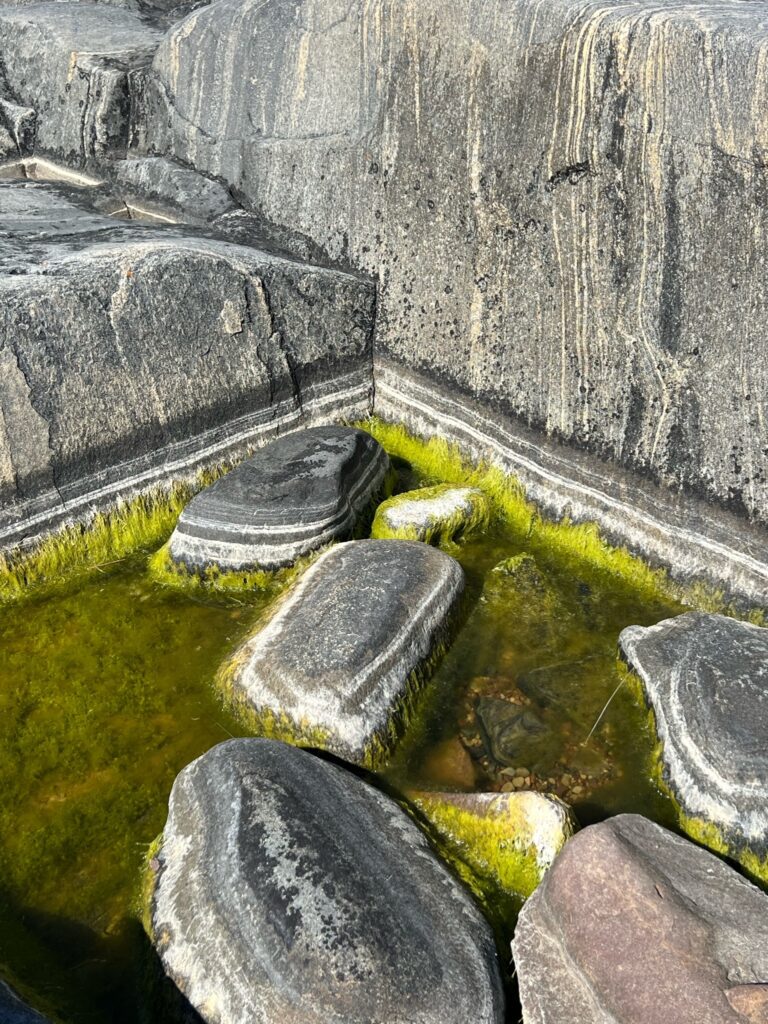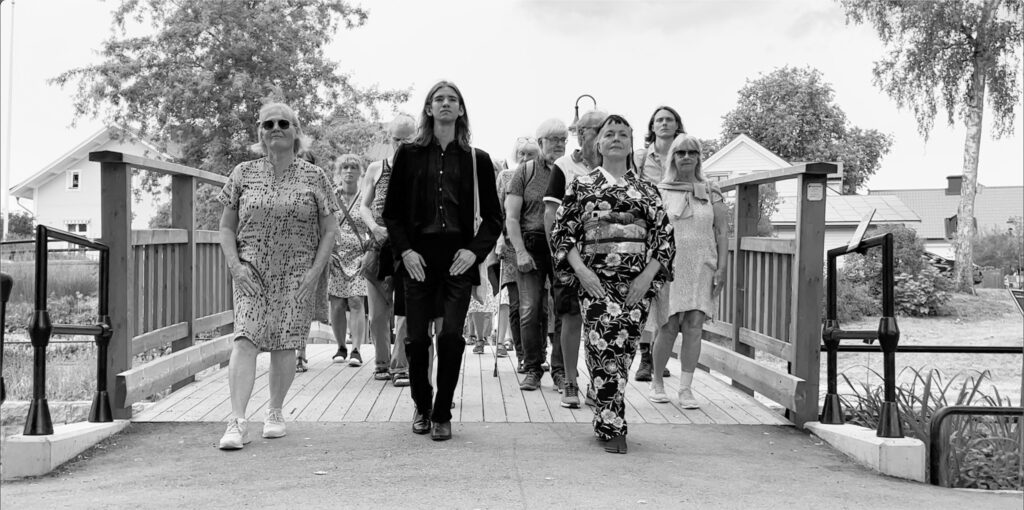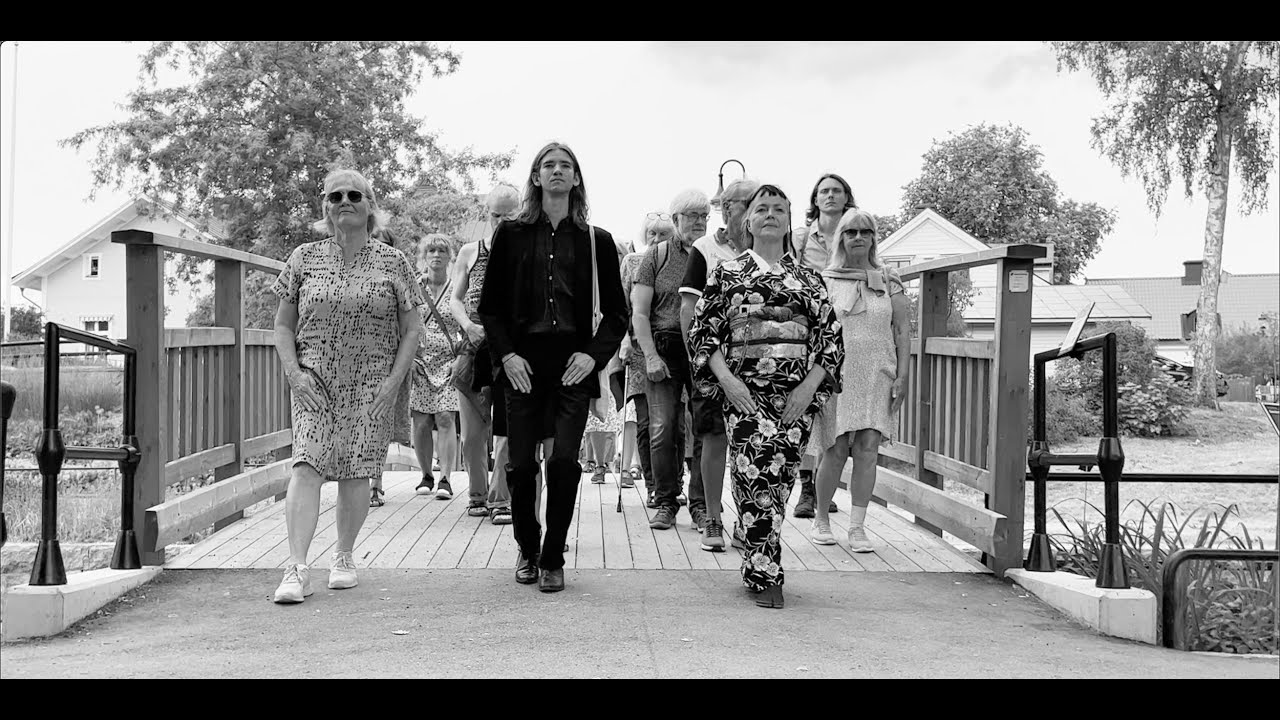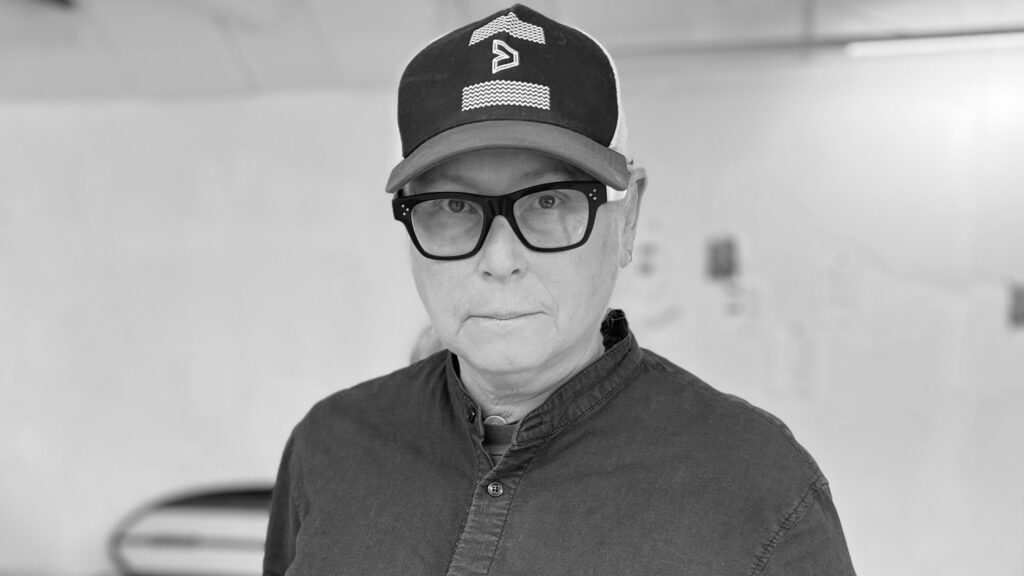Opening | Becoming Landscape and Suriashi Performance
The solo show ”Becoming Landscape” by Anna Viola Hallberg/Stockholm will be opend by a slow-walking Suriashi-Performance by Dr. Ami Skånberg/Stockholm.
The solo show Becoming Landscape by Anna Viola Hallberg/Stockholm will be opend with a slow-walking Suriashi-Performance by Ami Skånberg/Stockholm
Ami Skånberg, PhD in Dance from the University of Roehampton, is a performer and artistic researcher. She is the current Head of M.A.D.E. – Master Dance Education at the Stockholm University of the Arts, and also works at the University of Gothenburg. She has co-chaired the Nordic Summer University Study Circle of Artistic Research. She is a board member of NOFOD (Nordic Forum for Dance Research), as well as a mmber of the Peer Review board of Journal of Artistic Research. She has held keynotes at Stockholm University of the Arts, Latvian Academy of Music and Dance, University of Philippines, Royal College of Art (UK) and University of Bologna.
Her research interests are practice-led and concern Japanese dance, screendance, gender codified movement practice, nonhierarchical treatment of global dance techniques, and auto-ethnographic accounts from within the practice. Ami creates stage work, dance films and documentaries about dance. A collection of her films are released by Njutafilms. In her PhD thesis on slow walking she researched on Suriashi as Experimental Pilgrimage in Urban and Other Spaces.
Suriashi, is a Japanese walking practice, that translates as sliding foot. Suriashi is a specific gender codified walking technique in classical Japanese dance and theatre, and an important method for acting on stage. Gender is constructed physically through the positioning and molding of the body. The original practice is performed in the dance studio or on stage. Ami Skånberg asks whether suriashi also could be a method to act, as being active, or to activate, and temporally alter spaces outside the theatre; i.e. the practical application of this artistic practice outside the theatrical context. This relocation brings a traditional form into new configurations, connecting to everyday practices and sites of resistance and performance. It also contributes to the burgeoning field of walking arts practice, bringing a Japanese dance-based practice into a dialogue with debates and practices of Western dancing and walking.
Suriashi performed in urban spaces was able to unfold and identify new relations between aesthetic practice and politics, between movements and monuments in the city as a way to critique the unequal distribution of power, and by looking for new ways to protest/resist peacefully.






